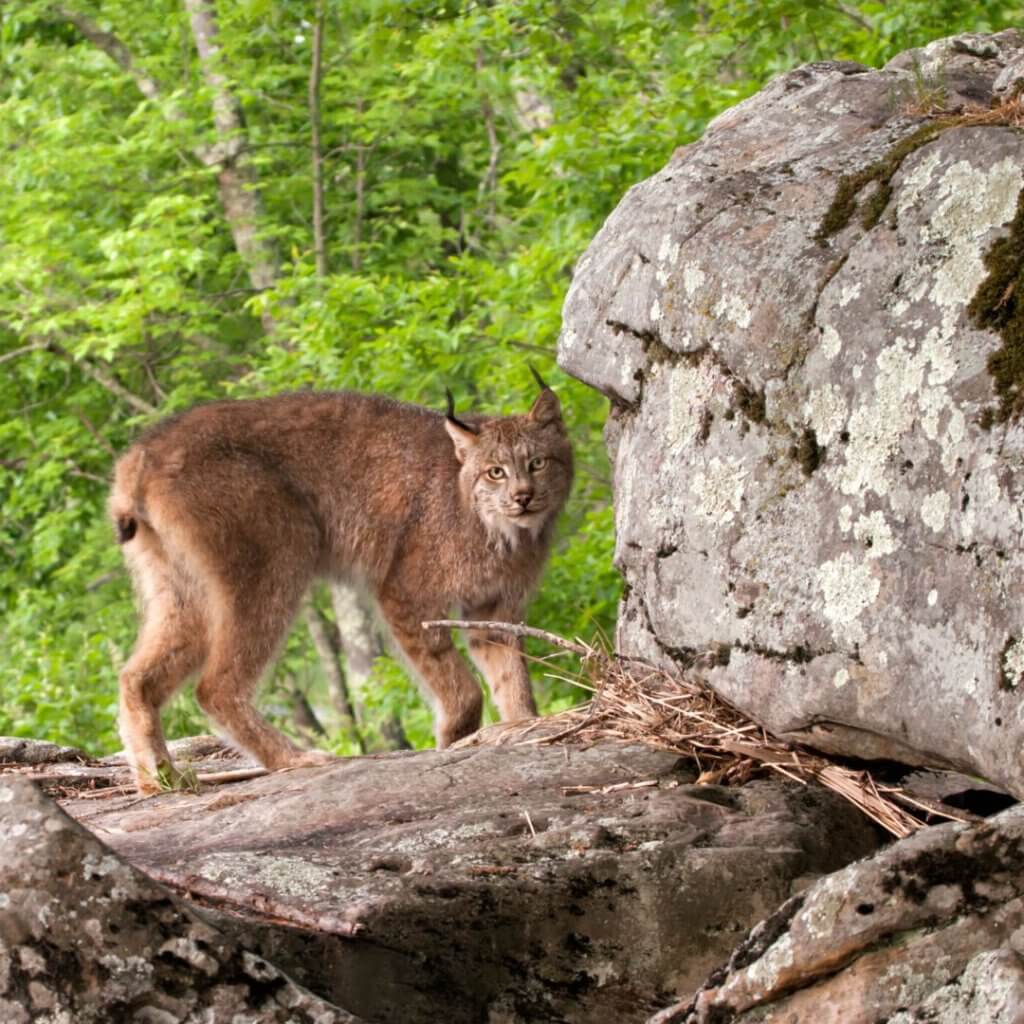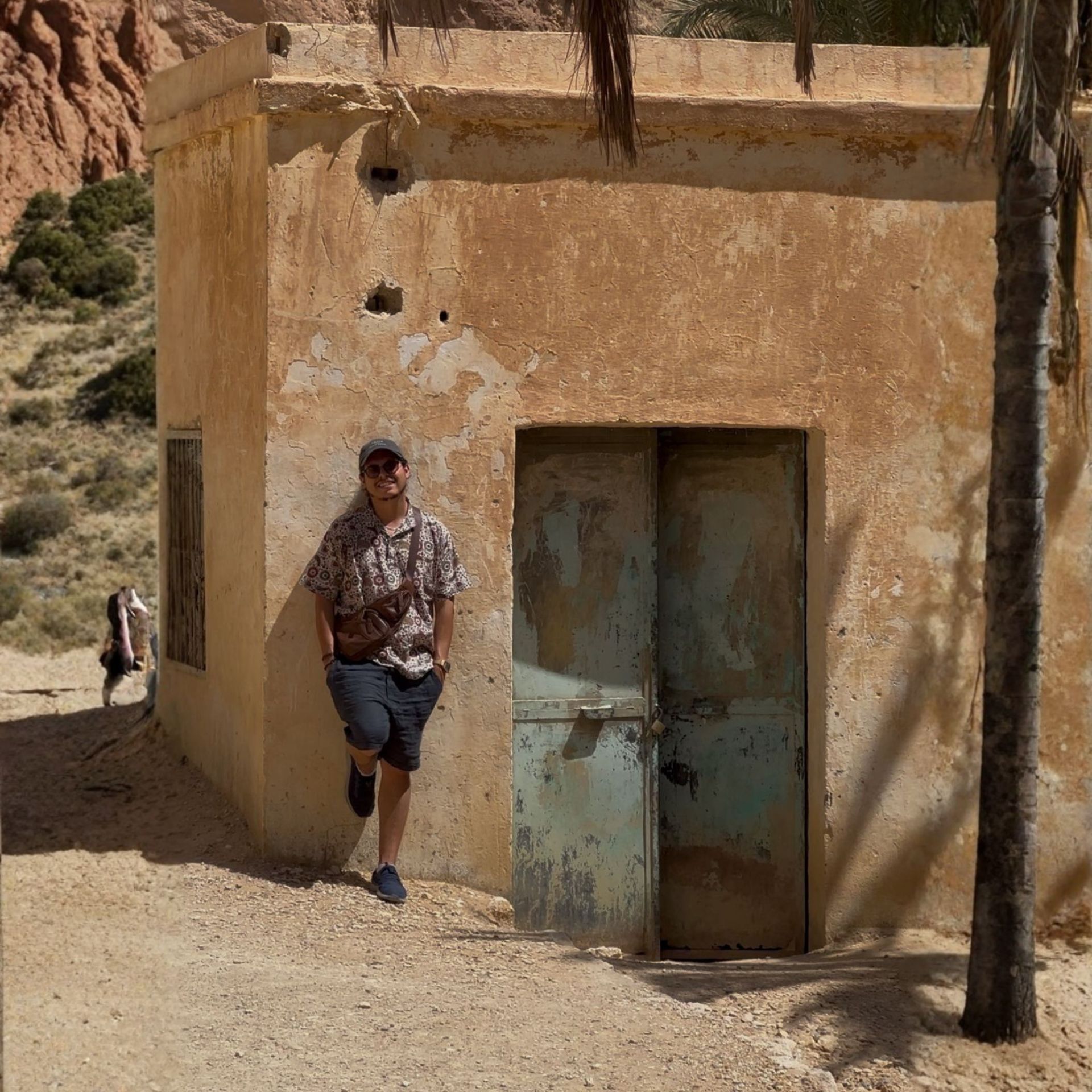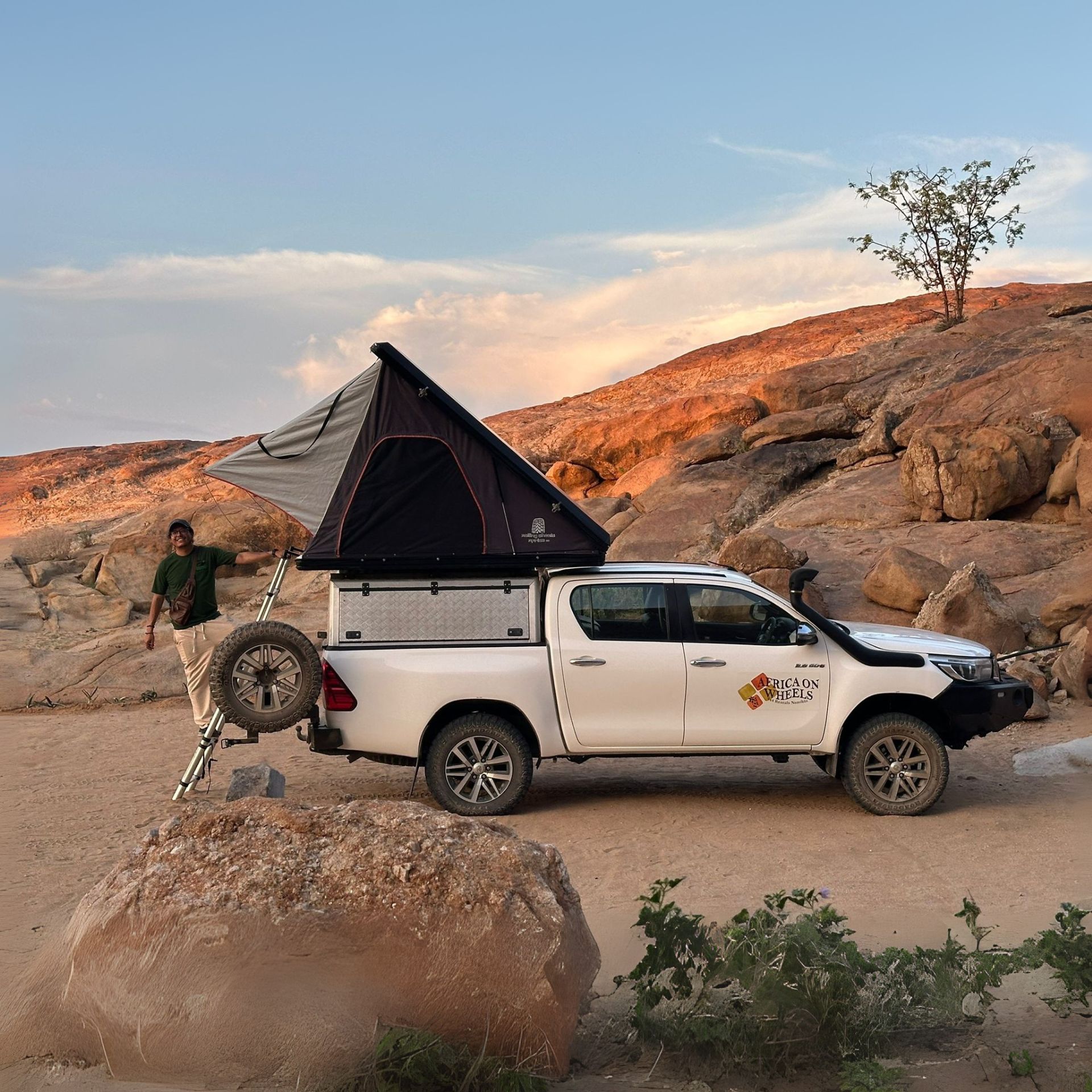With wild species disappearing at an unprecedented rate, reintroduction of wildlife in national parks seems to be the only solution in the long term.
I visited the Akagera National Park in Rwanda some months ago. Unlike the national parks of Kenya, Tanzania, and South Africa, Akagera is managed way differently. Only a few rhinos are inside its premises, and they are completely protected from any potential interaction with people. Travelers hoping to see the white rhinos of Akagera can only take a quick look from a 500-meter distance and with binoculars.
It sounds sad, right? Still, these are some of Rwanda’s best news regarding wildlife conservation. 2022 is the year in which Akagera had the largest population of big mammals since 1980. They went from zero black and white rhinos in 2000 to more than 30 white rhinos and more than 25 black rhinos today.
Read more: How to plan a visit to Akagera National Park
Read more: What are animal sanctuaries and why are they so important
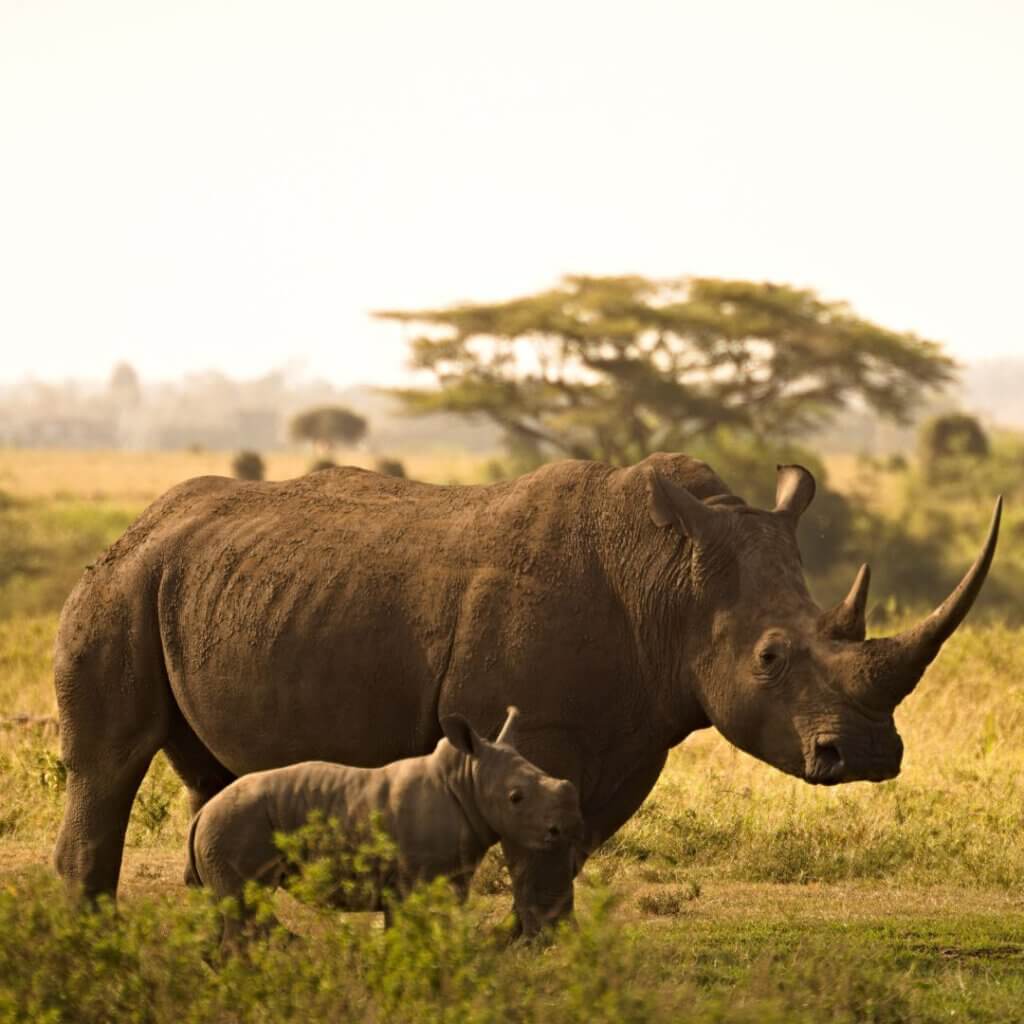
Bringing species back to life
The reintroduction of species is not something new. We have been reintroducing species for food and pest control for thousands of years. For example, predators are being reintroduced to a wild area to curb the overpopulation of a particular animal. However, it was only until the 20th
century, when the practice of reintroducing for conservation began.
This was when the global population increased significantly, and conservationists saw how this growth was causing an issue between animals and humans.
Akagera is the perfect example of that. Around 1990, this national park was known to have a population of 250 to 300 lions. However, once the Rwandan Civil War finished, an entire population of refugees in neighboring countries returned to Rwanda and settled in Akagera. By 2000, it is estimated that all lions had died, and the population of lions in Rwanda had basically disappeared.
“Without reintroduction, Rwanda would not have lions,” said one of the rangers at the national park.
Unfortunately, efforts to recover a whole species that vanished due to human behavior is challenging. After the approval of recovering Akagera National Park and years of negotiations and support for the communities living in the area, the reintroduction began. Seven lions from South Africa were brought to Akagera in 2015, and this was the first time in over 10 years that Akagera had seen a lion. Today, an estimated 30-40 lions are roaming in Akagera – numbers less than in the 90s.
Read more: Turning animal poachers into conservationists
Read more: Reintroducing Wildlife and Its Role in Wildlife Conservation in Malawi
Read more: How To Choose The Perfect African Safari Trip
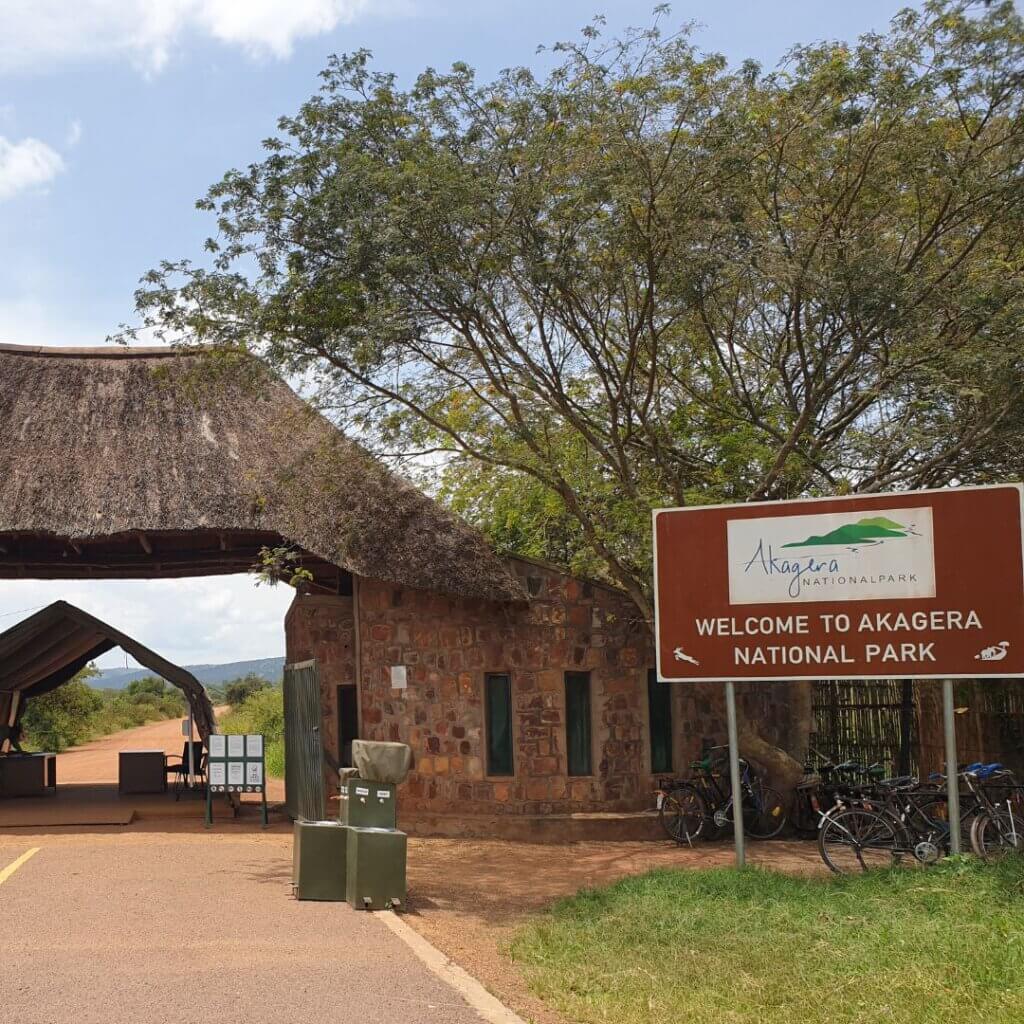
Reintroducing species all over the world
Even though the reintroduction of wildlife is mainly heard in Africa’s national parks, this is a practice happening worldwide. With Europe leading this practice, there has been a reintroduction of over 40 different species in the old continent.
Although most of these animals are birds, big mammals are part of the reintroduction too. The three Persian leopards were successfully introduced into the Caucasus Biosphere Reserve in Russia in 2016, and the Eurasian lynx, successfully introduced in Switzerland some years ago, has been considered reintroduced in other parts of Europe.
According to Rewilding Britain, an organization that causes awareness of animal conservation in the United Kingdom, “the 20th century witnessed possibly the greatest assault on wildlife since the Ice Age. If we take the right actions, the 21st century can be one of wildlife abundance'”.
Read more: Why wildlife sanctuaries in Africa are so important
Read more: Meeting the Batwa – Uganda’s forgotten tribe
Read more: Best things to do in Kigali
